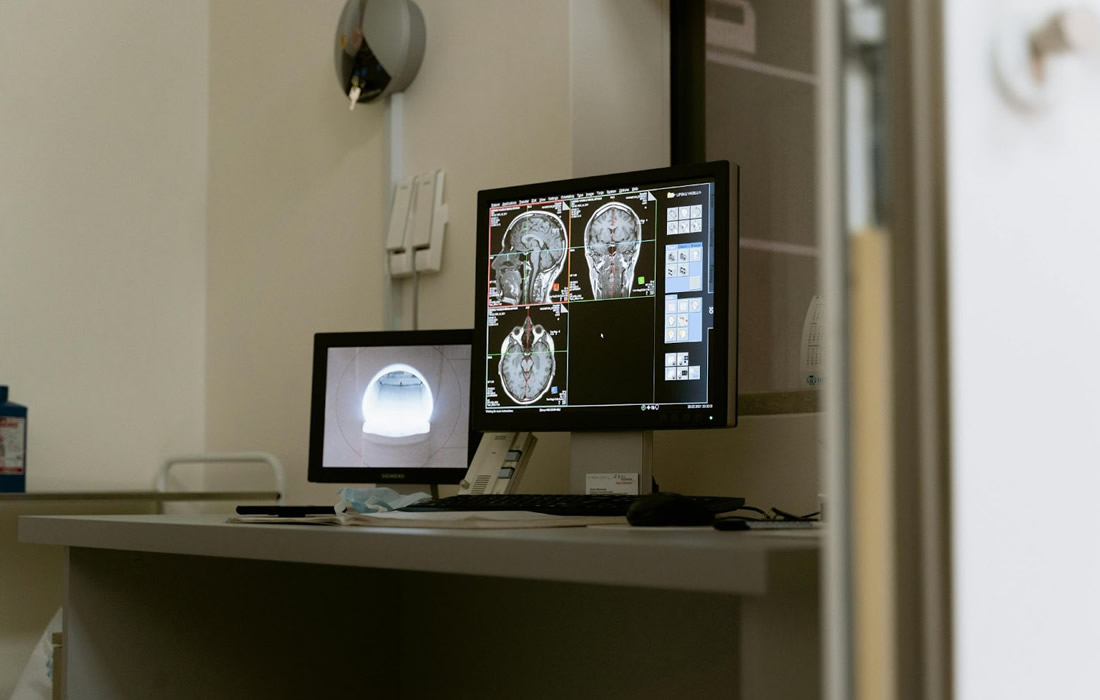Regenerative Medicine News and General Information
Insights into How Protein Aggregates Can Trigger Neurodegenerative Diseases
The causes of neurodegenerative diseases such as Alzheimer’s disease, Parkinson’s disease, frontotemporal dementia and prion diseases can be many and varied.
But there is a common denominator, namely protein misfolding and the occurrence of protein deposits in the brain.
Studies on genes associated with pathologies have revealed two basic mechanisms by which misfolded proteins can lead to neurodegeneration: Firstly, misfolding can cause the protein to acquire toxic activity.
Secondly, the misfolding can lead to a loss of the physiological function of the protein, which impairs important physiological processes in the cell.
“The assumption used to be that every neurodegenerative disease was characterized by the misfolding of a specific protein,” explains Jörg Tatzelt.
“However, it has since been shown that misfolded proteins that are produced more frequently in one disease can also induce the aggregation of other proteins, a mechanism referred to as cross-seeding.”
TDP-43 (TAR DNA-binding protein 43) is a protein that helps to translate genetic information into specific proteins.
It thus helps to maintain the protein balance in nerve cells.
The clumping of TDP-43 in the cell is a characteristic feature in the brains of patients suffering from amyotrophic lateral sclerosis or frontotemporal dementia.
Misfolding of the prion protein triggers prion diseases such as Creutzfeldt-Jakob disease.
All research findings to date indicate that the misfolded prion protein acquires toxic activity.
Using in vitro and cell culture approaches, animal models and brain samples from patients with Creutzfeldt-Jakob disease, the researchers showed that misfolded prion proteins can trigger the clumping and inactivation of TDP-43. The prion proteins interact with TDP-43 in vitro and in cells, thus inducing the formation of TDP aggregates in the cell.
As a result, TDP-43-dependent splicing activity in the cell nucleus is significantly reduced, leading to altered protein expression.
An analysis of brain samples showed that in some Creutzfeld-Jacob patients, TDP-43 aggregates were found alongside the prion protein deposits. This study has revealed a new mechanism of how disease-associated prion proteins can affect physiological signaling pathways through cross-seeding.
Sources:
Stella A Polido, Cristiana Stuani, Aaron Voigt, Papiya Banik, Janine Kamps, Verian Bader, Prerna Grover, Laura J Krause, Inga Zerr, Jakob Matschke, Markus Glatzel, Konstanze F Winklhofer, Emanuele Buratti, Jörg Tatzelt. Cross-seeding by prion protein inactivates TDP-43. Brain, 2023; DOI: 10.1093/brain/awad289
Materials provided by Ruhr-University Bochum. Originally written by Meike Drießen. Note: Content may be edited for style and length.
Ruhr-University Bochum. “This is how protein aggregates can trigger neurodegenerative diseases.” ScienceDaily. ScienceDaily, 4 December 2023. <www.sciencedaily.com/releases/2023/12/231204135213.htm>.
Images from:
Photo by MART PRODUCTION
https://www.pexels.com/photo/technology-computer-head-health-7089023

